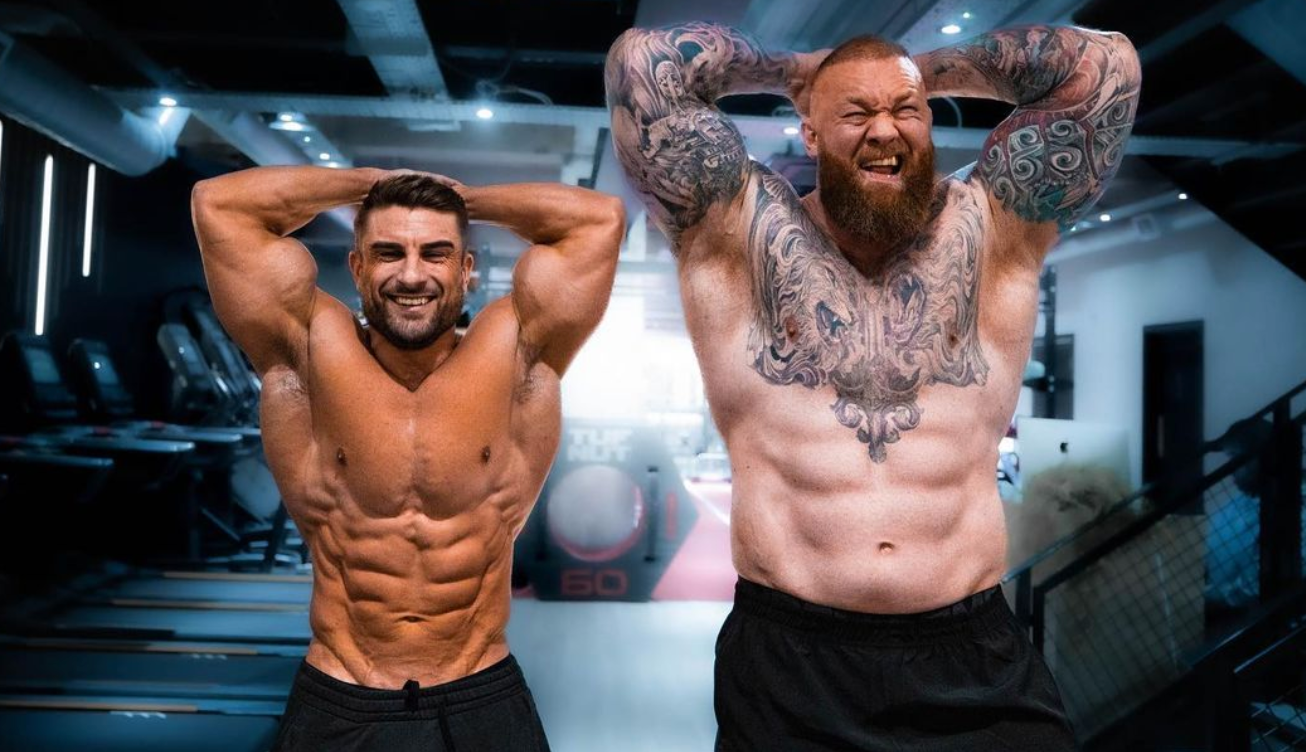POWERLIFTING VS. BODYBUILDING: SPOT THE DIFFERENCE
What are the differences between bodybuilding and powerlifting? Although they are sometimes confused and used interchangeably in conversations, the two sports are very different, with distinct outcomes.
This blog will discuss the differences between powerlifting, bodybuilding, and training and programming.
THE BASICS OF PowerLifting
Powerlifting is about lifting the most weight possible. This requires that you recruit as many muscles as possible to perform each lift. There are no goals for a particular physique; it is only about overall muscle growth. Most powerlifting movements are designed to maximize power generation and minimize travel.
For example, keep your feet planted on a bench press with a tight arch in your back. Your glutes and shoulders will be pressed into the bench to establish your base. It increases your mechanical advantage and maximizes weight lifting by having a wider grip, with your elbows up and chest high. The sumo-stance for deadlifts, which increases mechanical advantage and force production, is another similar technique for squatting.
Powerlifting is designed for closed-kinetic chain lifting and compound movements. Competitive powerlifting athletes will work in blocks that are based on a range of 1-5 reps. Click here to access a great NASM resource that will help you estimate your 1 rep max (1RM), and how many reps.
These blocks last for approximately 3-5 weeks. Personal records (PRs) are re-assessed each week at the end to determine the load and reps for the following weeks. The resistance gradually increases in strength with each passing week, depending on how much progress has been made. Although the training intensity is high overall, volumes are lower than in bodybuilding.
It is common to do powerlifting 3 days per week, with some ancillary support exercises. This is because of the high level of exercise-induced muscle injury caused by working in the 80-100% range of 1RM and the time required for recovery.
BODYBUILDING: THE BASICS
Bodybuilding, on the other side, is a high-volume sport that focuses on aesthetic physique and body composition. It also aims to develop skeletal muscles. Bodybuilding is more than simply gaining weight.
One key difference is isolating specific muscle groups to make them proportionate and meet division-specific criteria. The emphasis is on body composition, body structure, symmetry, balance and muscle separation. To maximize muscular development and hypertrophy, bodybuilding will usually work with moderate loads and NASM OPT Phase 3. There are both single-joint or open-kinetic chain movements to isolate particular muscle groups.
The weekly/daily training volume is much higher, with 4-7 days per semaine and 18-30 sets. For optimal hypertrophy, a rule of thumb is to do 20 sets per muscle group per week. There are exceptions. It is common to use undulating periodization throughout the week and work between phases 2-5 in order to increase strength endurance, hypertrophy and power.
Combining this with progressive overloading, an athlete can stay in a particular training program for longer periods of time without feeling bored. Cardiovascular exercise and diet are key components of any bodybuilding program to maintain a lower body fat percentage.
THE OVERLAP: Power-BUILDING
You might be thinking, “Wait a minute, don’t bodybuilders also have great strength?” Ronnie Coleman did squat and deadlift more than 800 pounds. !”
Yes! The answer is YES! This is only sometimes true. There is a lot of overlap in certain lifts, such as the deadlift and bench press. To increase muscle mass, these CKC compound movements will be integrated into many bodybuilding programs, especially during the Improvement Phase.
Despite sharing some lifts, power-building is structured in a different way than powerlifting. It will have higher rep ranges or pyramid sets, higher set volumes, and be more similar to a bodybuilding programme with more ancillary exercises.
Consider beginning a leg day by performing 5 sets of squats from light to heavy, then 3-5 ancillary exercises such as quad extensions and hamstring curls.
